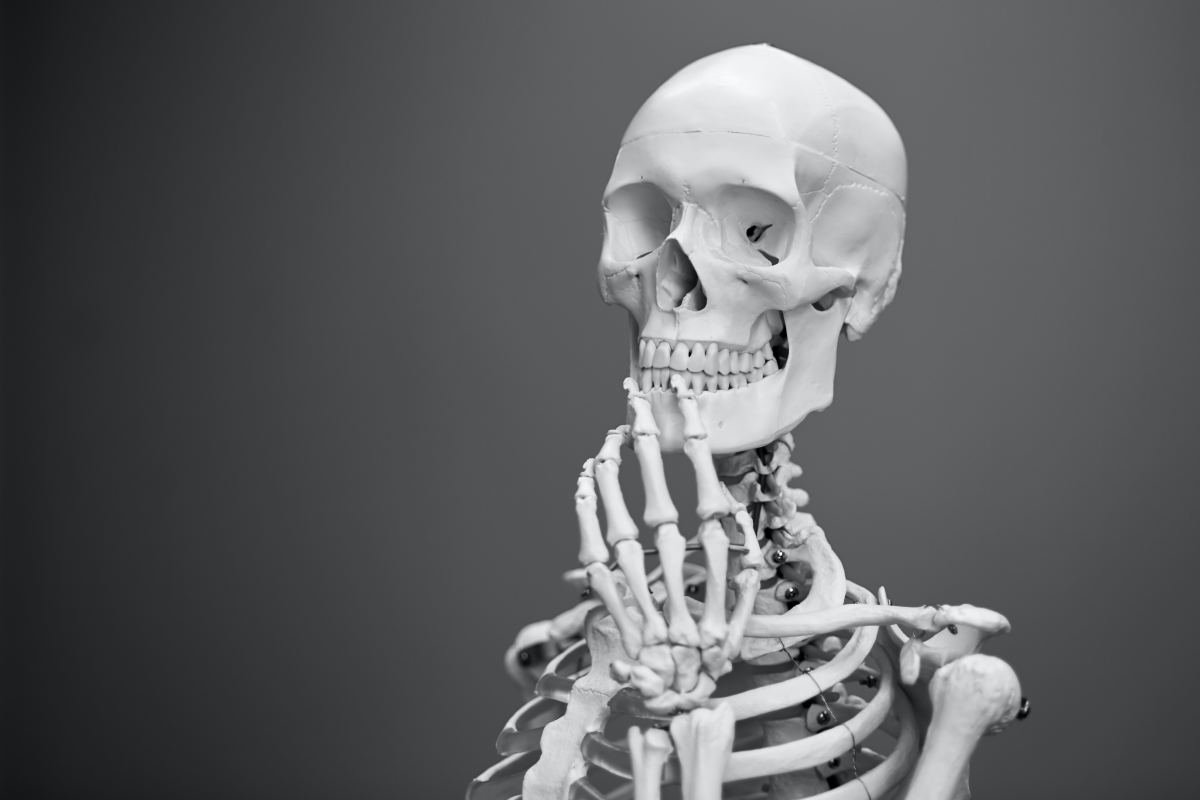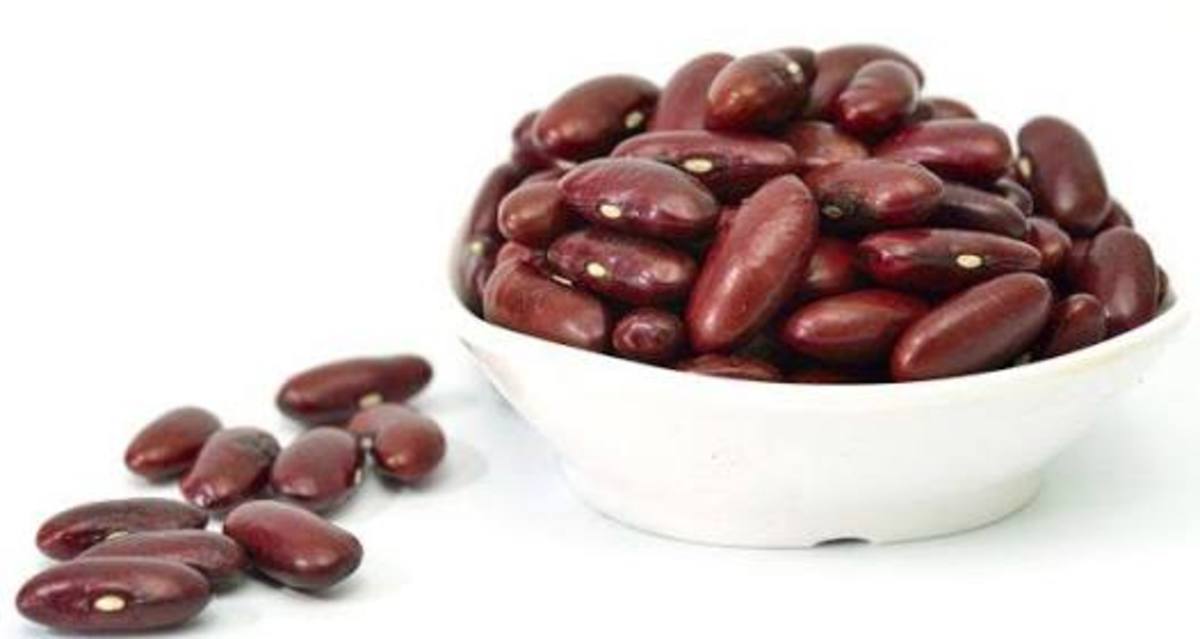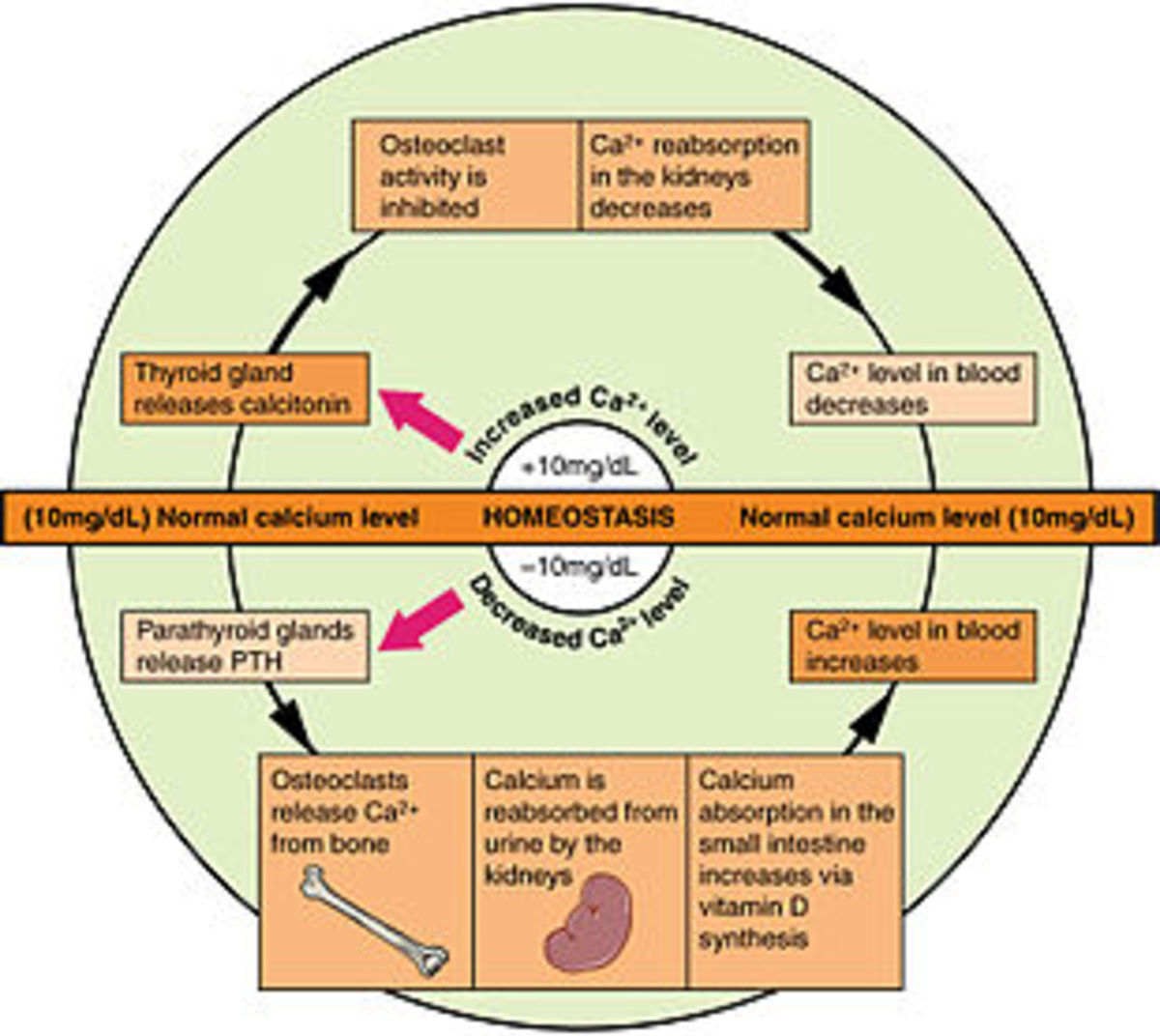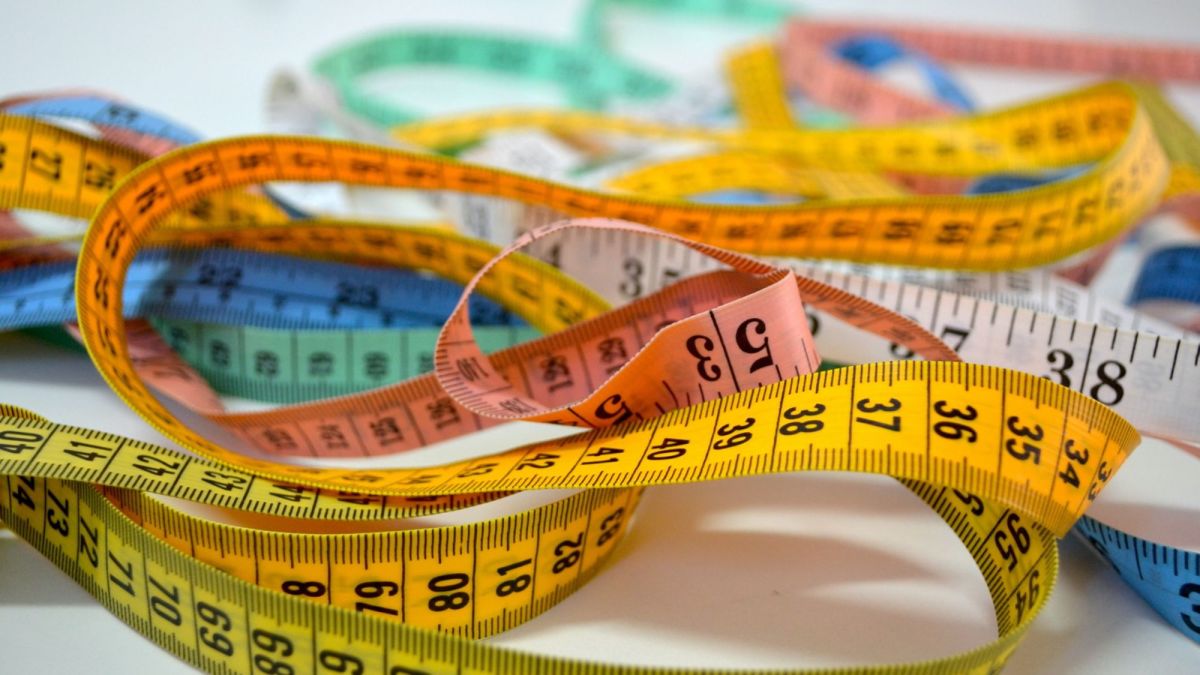Bone Health and Strength - Building Bone Density
Building Bone Density

Maintain bone strength for healthy aging
Your bones are the framework of your body, and when they are no longer able to “support” your stature, the state of your entire body becomes compromised. But there are simple, yet effective, ways to maintain the strength of your bones throughout adulthood. Invest in these changes to maintain and build bone density and offset bone degradation through lack of use and through disease, such as osteoporosis.
Calcium
Milk from cows has long been regarded as one of the most important dietary sources of calcium for bone health. Cow's milk provides other important vitamins and minerals, including iodine, vitamin B2, phosphorus, vitamin D, vitamin A, potassium, thiamine, riboflavin and tryptophan. Low-fat milk and dairy products offer the nutrients of milk without the fat content found in whole milk, which is important for those watching their fat intake.
Cow's milk is not the first option of the many lactose-intolerant people in the world, nor is it the calcium food source for full-grown cows. So where do the cows get their calcium from? Vegetation! Eating foods rich in calcium, including green leafy vegetables, broccoli, okra, sesame seeds and almonds gives the body the calcium it needs to maintain healthy bones.
Exercise
What builds bone density? Exercise. That's right. A diet rich in nutrients that support bone health is an important precursor – and companion – to exercising for bone health. Once the bones become brittle, the slightest stress from impact or exercise may cause painful bone fractures. So prevention is important.
When you're just starting out with building bone density, walk a little and increase each day. Within the first two weeks, allow your bones the time to acclimate to the change and to their increase use. Continue to move, gradually adding to your walking distance , as well as increasing the variation in your total body workout. Add stretches to the beginning and end of your walking/exercising routine to increase your flexibility. Flexibility is important for bone support and in preventing falls. Eventually, your efforts will move you to work out a half-hour each day, for 3 to 5 days a week.
As your bones gain strength, incorporate jogging and jump-roping to increase your bones' density from the impact of the workout.
The Importance of Supporting Your Body's Healing Potential
Each of our bodies has numerous preventive and compromising mechanisms that work very hard to keep our bodies in balance. Most of the time, our bodies must work hard against the constant onslaught of harmful foods and habits, just to stay afloat. Instead of using immunity for health, many of us use it to kick back impending illness, only without any support. Imagine if we actually supported our bodies' natural defenses with healthy and healing foods that replenish cell growth and enhance cellular repair -- imagine the state of health we could achieve by working with, instead of against, our bodies?
It doesn't take much to make simple changes that maintain the structural integrity of our bones. Perhaps in the elimination and replacement of foods and habits that harm our bodies, is the cure, healing and correction of habits we soon will not miss. Take a running start towards your health, a start that heads off bone damage before it reaches detrimental levels.
Healthy habits really is an objective to work towards, and at any age and any stage of illness, correction in diet and exercise yields positive results. So, think about wht your bones mean to you in your daily lifestyle. Even if you're sedentary, the bones play an important role in your posture. And it is more than focusing on bone health here, rather, any healthy change to what you eat and how you take care of your body supports the overall health of your body -- from head to toe.










